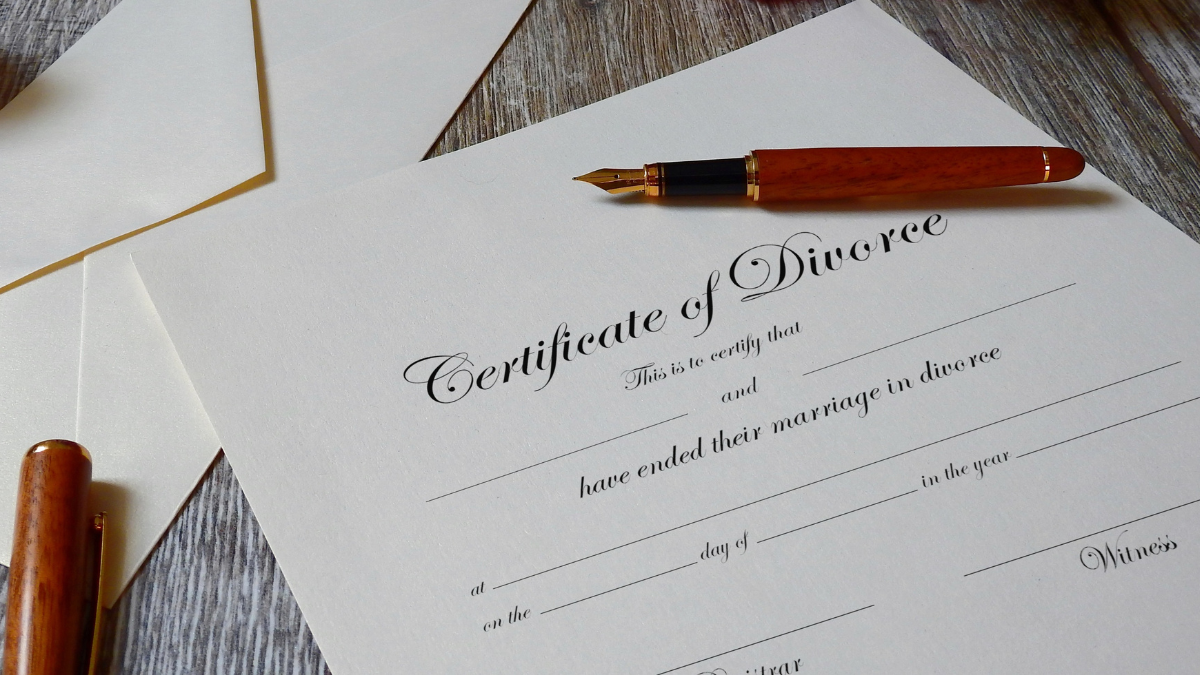When a marriage reaches a point where it simply no longer works, but no one is necessarily at fault, many couples opt to end things under irreconcilable differences. This is a common reason listed in divorce filings, especially when it comes to no-fault divorces. But what does the term mean, and how can you file for divorce under it?
What Are Irreconcilable Differences?
In simple terms, irreconcilable differences mean that couples cannot get along and the marriage is “unfixable.” The union has been affected to the point where there is no possibility of it being salvaged. Irreconcilable differences could be anything from:
- Clashing personalities
- Different views on parenting
- Poor communication
- Different visions for the future
- Growing apart
- Finances
- Interference from the in-laws
- Religion
The key point under this is that the marriage is broken beyond repair, and neither party has to prove wrongdoing. This approach differs from a fault-based divorce.
Before no-fault divorce was adopted into law in 1969, one spouse had to show that the other did something wrong, for example, cheating or abuse, to file for divorce. With irreconcilable differences, you are simply saying the marriage is not working anymore, and that is enough.
Is “Irreconcilable Differences” Accepted in All States?
Yes, all states allow you to file for a divorce under irreconcilable differences or similar terms. For instance, in Oklahoma, it is called incompatibility, which means the parties are incompatible. In Kentucky, you can cite “irretrievable breakdown of the marriage.” While the language varies, the concept is the same.
Some states only offer no-fault divorces, meaning all divorces are based on irreconcilable differences. In other regions, a couple should be separated for a while, for example, six months, before filing for a divorce under these grounds.
Why File for a Divorce Under Irreconcilable Differences?
This option is popular because it is less confrontational. Since no one is being blamed, the process is often less stressful and emotional. Another advantage is that it saves time and money. There is no need to gather evidence or prove fault, which can slow down the process.
It also protects the privacy of both couples, as there is no need to air your dirty laundry in court. This type of divorce opens the door to cooperation. When neither side is being accused of doing something wrong, it can be easier to negotiate important matters. While this does not guarantee the process will be smooth, starting from a neutral point of view helps.
How to File for Divorce Under Irreconcilable Differences
If you are considering this path, here is a general step-by-step guide on what to do:
1. Check Your State’s Residency Rules
Most states require that at least one spouse have lived in the state for a certain period, mostly six months, before you can file.
2. Prepare Your Divorce Papers
You will need to complete a petition for divorce and indicate irreconcilable differences as the reason. This will also include information about children, property, and other details.
3. File the Petition in Court
Take your completed forms to the family court and pay the filing fee, which varies from one location to another.
4. Serve Your Spouse and Wait for a Response
You are legally required to notify your spouse that you have filed. A private server, county constable, or court clerk can handle the “service process.” Your spouse will have time to respond. If they agree with everything, then this is considered an uncontested divorce. If they object to some terms, it becomes contested. A hearing may be scheduled to address the disagreements.
5. Complete the Waiting Period and Finalize the Divorce
Many states impose a waiting period before a divorce can be finalized. This can take between 20 and 180 days.
Conclusion
Filing for divorce under irreconcilable differences makes the process a little smoother. It allows both parties to move forward without casting blame. If you are considering this route, make sure to speak to an attorney.

